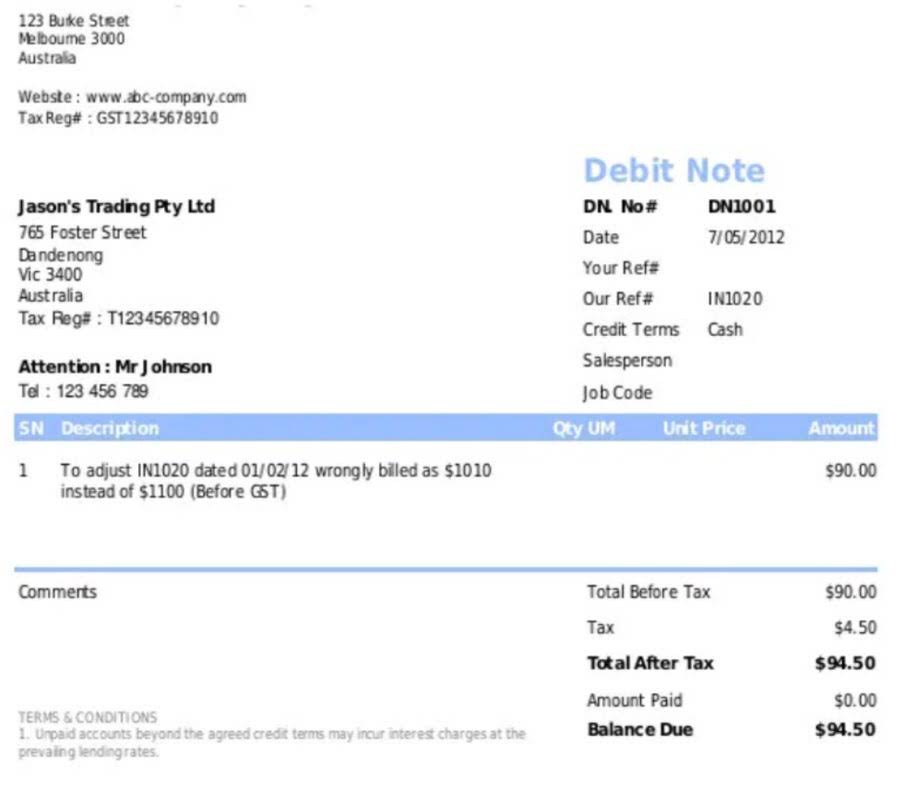
Depreciation is an accounting method that companies use to apportion the cost of capital investments with long lives, such as real estate and machinery. Depreciation reduces the value of these assets on a company’s balance sheet. This method is often used if an asset is expected to lose greater value or have greater utility in earlier years.
Impact on Financial Statements
Most businesses understand depreciation from a tax perspective but it’s equally important in the accounting world. Depreciation reflects the cost of usage of assets and needs to be taken into consideration when presenting profit or loss and performance of a company. There are many ways of depreciating assets and the formula for units of production depreciation unit of production is one of them. The units of production method calculates depreciation based on actual usage. This method is ideal for assets like machines and equipment that wear out differently depending on how much they are used. For example, a machine may have a longer life if used less frequently.

FAQs on Units of Production Method: Depreciation Simplified
These papers must include the date of purchase and the cost of the asset. These are the values we shall utilize in the calculation of depreciation using the Unit of Production method. For the following example, we’ll assume our sample asset has yearly depreciation of $2,000, using Straight-line Depreciation. Contact us if you have more questions on equipment depreciation to apply for a small business loan. Our alternative financing experts can help you find the best funding program for equipment purchases or other business needs. Plastic LTD purchases a steel mould costing $1 million to be used in the production of plastic glasses.
- Many industries such as real estate do not incur changing output levels over time.
- Units of production depreciation is used primarily for manufacturing equipment, although it can also be used to calculate the depletion of natural resources.
- The units of production method helps businesses calculate depreciation based on usage.
- As a result, depreciation expenditure varies depending on consumer demand and asset wear.
- Not all companies can use the units of production method to calculate depreciation.
Units Of Production Depreciation Calculator Template

It can simplify your accounting process and boost your business’s financial health. In closing, the estimated depreciation expense is calculated to be $10 million for fiscal year ending 2021. An asset acquired on 5th Jan at the cost of $ has estimated the use of hours. It provides depreciation for each asset based on its production efficiency. This method’s selection is critical because we need to keep track of each asset and its production. So before selecting this method, please ensure everything is in control; otherwise, it will be challenging to use.
- Production Depreciation can be calculated by multiplying the units of production, which is how many units are produced during that period, times the rate per unit.
- While more accurate in theory, the units of production method is more tedious and requires closely tracking the usage of the fixed asset.
- In year 5, depreciation expense calculated using DDB would reduce the book value below the residual value.
- The unit of production method is a way to calculate depreciation of an asset in cases when the asset’s value is related to the number of units it produced instead of the number of years it was useful.
- The purchase date and the price you paid for the item should be included in these records.
- The units of production method calculates depreciation based on actual usage.
This rate will be calculated as the ratio of the asset’s entire cost, less its salvage value, to the projected number of units it will create throughout its useful life. Under the units of production method, the amount of depreciation charged to expense varies in direct proportion to the amount of asset usage. Thus, a business may charge more depreciation in periods when there is more asset usage, and less depreciation in periods when there is less usage.
From The Tax Adviser
You can find the accumulated depreciation by adding up the depreciation per year for the number of years you are interested in. With Deksera CRM you can manage contact and deal management, sales pipelines, email campaigns, customer support, etc. You can generate leads for your business by creating email campaigns and view performance with detailed analytics on open rates and click-through rates (CTR). Keeping a tab of all receipts, contracts, or any other important deeds or papers to prove the ownership over the assets is essential.


Plants and machinery are some of the common trial balance assets on which this method is implemented. Ensure you evaluate other depreciation methods and use the appropriate one for particular business assets. Consider working with an accountant or financial advisor to track depreciation accurately, keeping your balance sheet current, and leveraging the most beneficial tax deduction available. Accelerated depreciation methods help businesses manage their depreciation expenses effectively. They provide different ways to record depreciation in financial statements, and each method can impact net income and tax liabilities differently. The units of production method helps businesses calculate depreciation based on usage.

Units of Production Depreciation is another depreciation method to calculate depreciation based on usage of the asset. In simple bookkeeping and payroll services terms, it is calculated based on the lifetime production capacity of an asset. Additionally, this template calculates the applicable depreciation per unit as well as production capacity per year.

